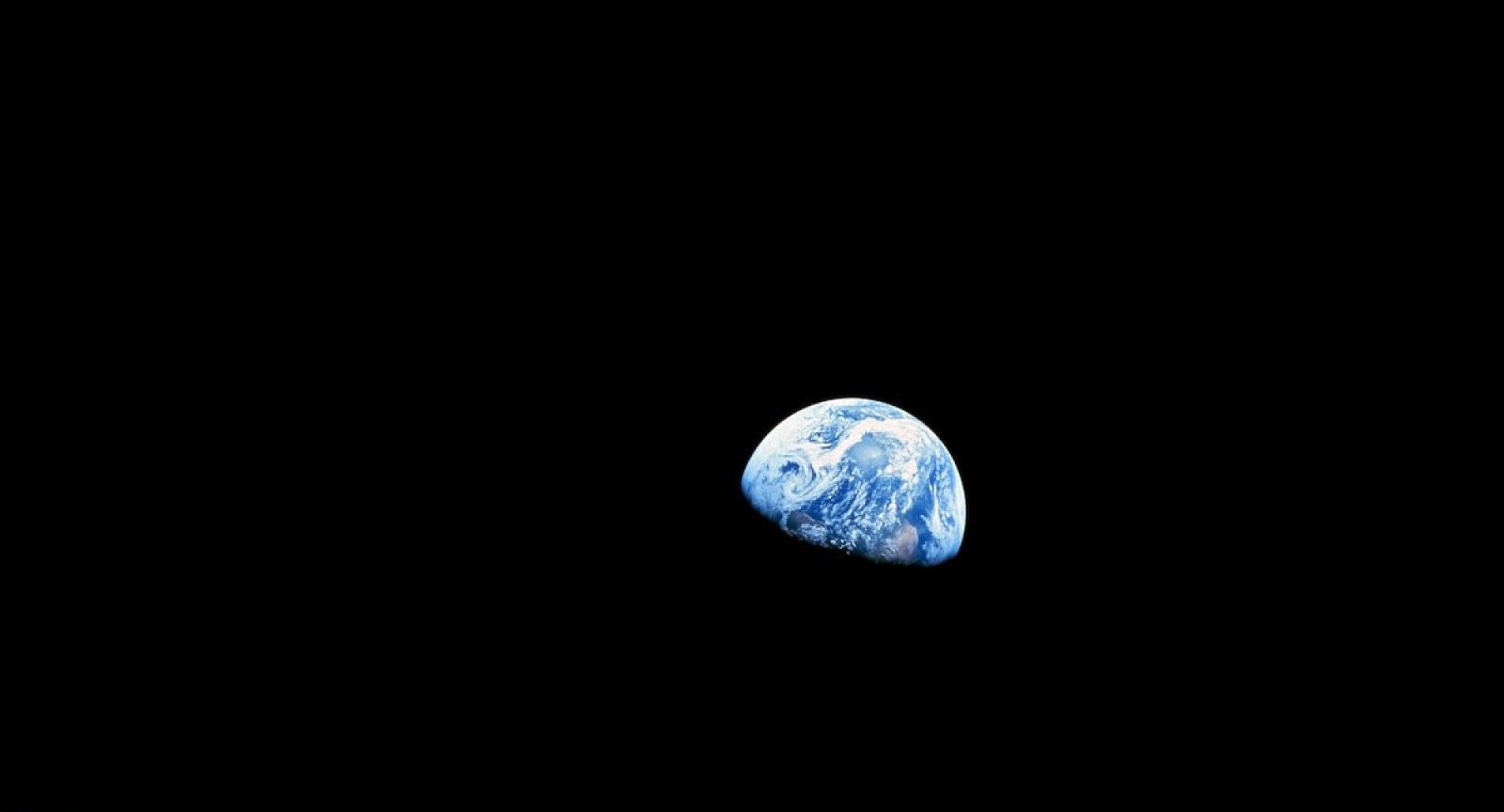New technology powered by the sun extracts water water from the air. The simple system gives access to regions across the US and the world lacking access to clean water
Water is necessary for life. About 60 percent of the adult human body is water. The brain and heart are composed of 73 percent water, the lungs are 83 percent water, the skin contains 64 percent water, muscles and kidneys are 79 percent, and bones are 31 percent. Given the importance of water for human health, access to clean drinking water is a human right.
Not everyone has access to water piped into their homes. Approximately 15 percent of the Navajo Nation lack access to piped water, according to the U.S. Environmental Protection Agency.
The lack of water is one of the drivers behind the high numbers of COVID-19 cases among the Navajo, who have the highest rates of infection in the U.S. As of September 28, 2020, there have been 10,312 cases of the virus among the Navajo, and 555 deaths. They lack access to clean water at home for hand-washing, forcing tribe members to break social-distancing guidelines to haul water in. This, in turn, fuels the infection rates.
Water from air
Enter hydropanel technology that provides clean water systems to Navajo households. Through a grant from the Unreasonable Group and Barclays Bank, Navajo households received 15 systems, with plans to install 15 more systems. The Source Hydropanel system uses solar power to extract water from the air, while fans draw in ambient air and push it through water-absorbing material. Extracted water vapor condenses into liquid and collected in the reservoir.
Cody Friesen, associate professor of Materials Science and Engineering at Arizona State University (ASU), invented the system. His work at ASU inlcudes studying desicants, or substances that absorp water. He figured out how to use a desiccant to generate water using only the sun and air.
“A standard, two-panel array, produces 4-10 liters of water each day and has 60 liters of storage capacity. …each panel is 4 feet by 8 feet, lasts for 15 years, and utilizes solar power and a small battery to enable water production,” said Cody Friesen, CEO and founder of Source.
“The quality of water produced exceeds the standards of every country where the systems have been deployed.”
Source hydropanel systems provide drinking water to impoverished regions
Over the company’s five-year history, the Source Hydropanel system has supplied clean drinking water to tens of thousands of people in 45 countries. “As the first truly renewable global SOURCE of safe drinking water we have the ability to reach people around the world who lack access to potable water, have variability in supply, or are concerned about the quality of their infrastructure,” said Friesen.
One of the places the hydropanel system provides with clean drinking water is Martin County, Kentucky in the Appalachian region. The county’s contaminated infrastructure forces residents to live without clean drinking water. Families fill up jugs from local streams or buy bottled water. Many can’t afford to constantly buy water.
RAMP is a non-profit organization that operates a food pantry and provides emergency assistance. The organization installed a hydropanel system produce up to 3,000 bottles of water a month.
Widely-known are the water troubles of Flint, Michigan. Plans are underway to build an array of 300 hydropanels to provide clean drinking water to several thousand people. Each of the two planned installations will produce the equivalent of up to 4,500 water bottles a month.


